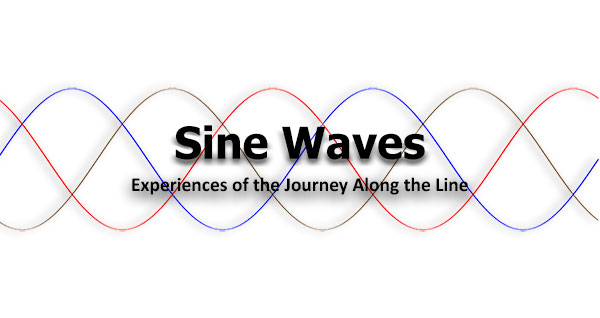Troubleshooting is difficult enough when tracking down ground faults to isolate problems.
Mixed systems between the utility source feeds and customer dry and mixed transformed loads. Without private electricians, with lots of experience, working together to pinpoint issues, it can leave a trouble lineman and the customer in bad places.
Intermittent ground faults are the worst. Using your voltmeter to measure the grounded phase; finding the reference to ground is tough. Networks of services may show a fault but isolating each service takes time and is not exactly convenient for customers. Lots of utilities use mixed banks with grounded wye or delta service voltages. The customer comes along and puts loads on with incorrect voltages and when it turns on poof.
Industrial cap banks for motor start-up compounds the ground fault issues but at least there are breakers to isolate them, usually. Quite often motor control centers in environments that are wet or dusty have ground faults. One ground fault does not cause too many obvious results but the second one does! Many utilities find the calls a nuisance and without an outage, it is left to electricians to identify.
It takes experience and teamwork between private customer electricians and linemen or women to identify the issues. This leads into the Power Quality and system control and design. Highly efficient electronic motor controls mixed with older systems can create havoc with grounding. Customers complain of spikes or ticks and those can be caused by the neighbor sharing the secondaries. Transformers can develop insulation breakdowns but normally they just eventually blow.
Today WIFI metering and smart metering recording provides a huge advantage for troubleshooters. Meter technicians and linemen using primary recording equipment can develop great pictures of situations quicker today. Design teams also get area and real time recording of load balancing and industrial interference. If the grounding is not adequate to stabilize the system, claims can rise dramatically.
The insulation breaking down on wire overhead or underground cables can cause intermittent problems, especially when conditions are moist. Chasing a ground fault that only occurs when it rains is a tough one. Picking out the phase in question is easy enough to assess. Obviously, transformer theory applies but when other factors are included, it requires experience and tricks of the trade. Running test point wires or getting in between can be dangerous. I have seen some wild stuff in alleys but those are stories for another time.
Count on what you know and if you do not know, ask for others’ help. Two or three heads are better than one. No lineman or woman is above saying I am not sure, but we will figure it out together. Not an easy subject.
Thanks to all the instructors, teachers, trades trainers, electricians, meter technicians and protection and control specialists that I have worked with for over 45 years.
Bruce Masse - Trouble Technician

